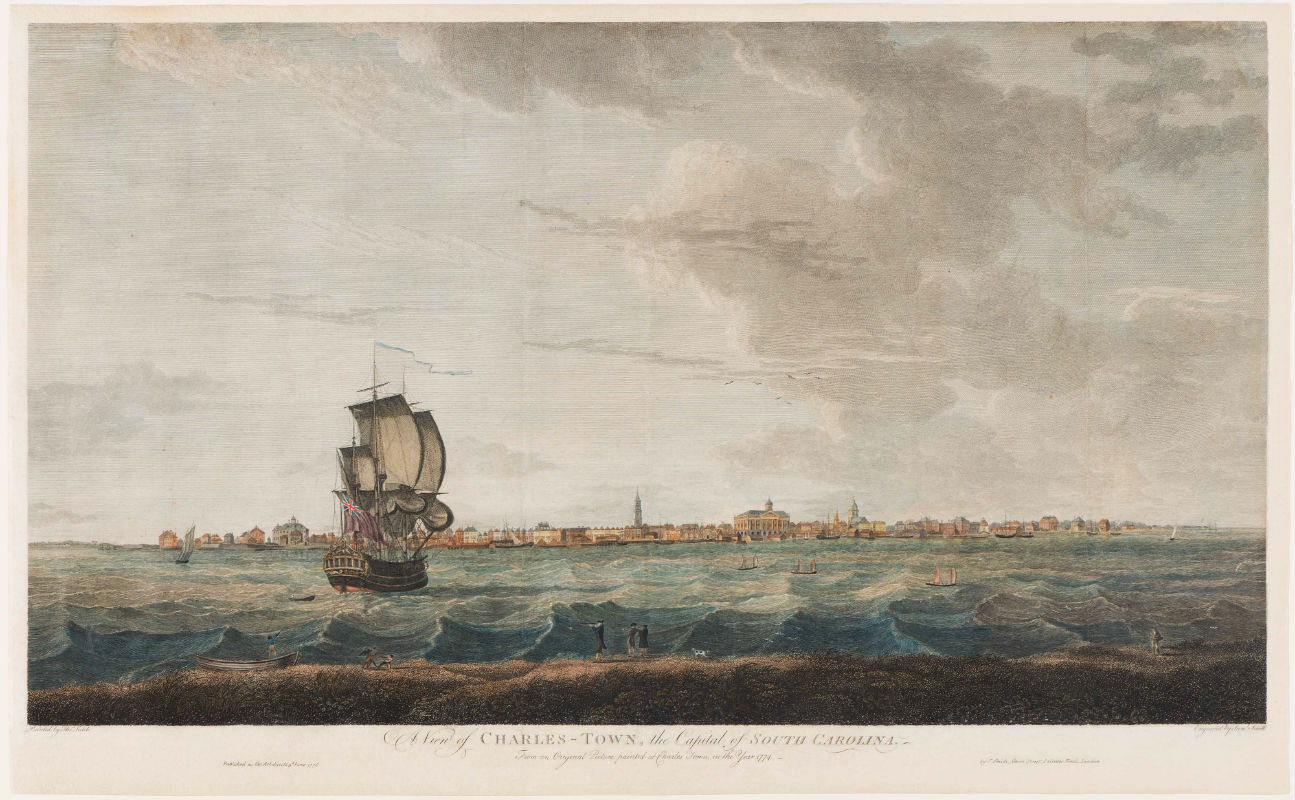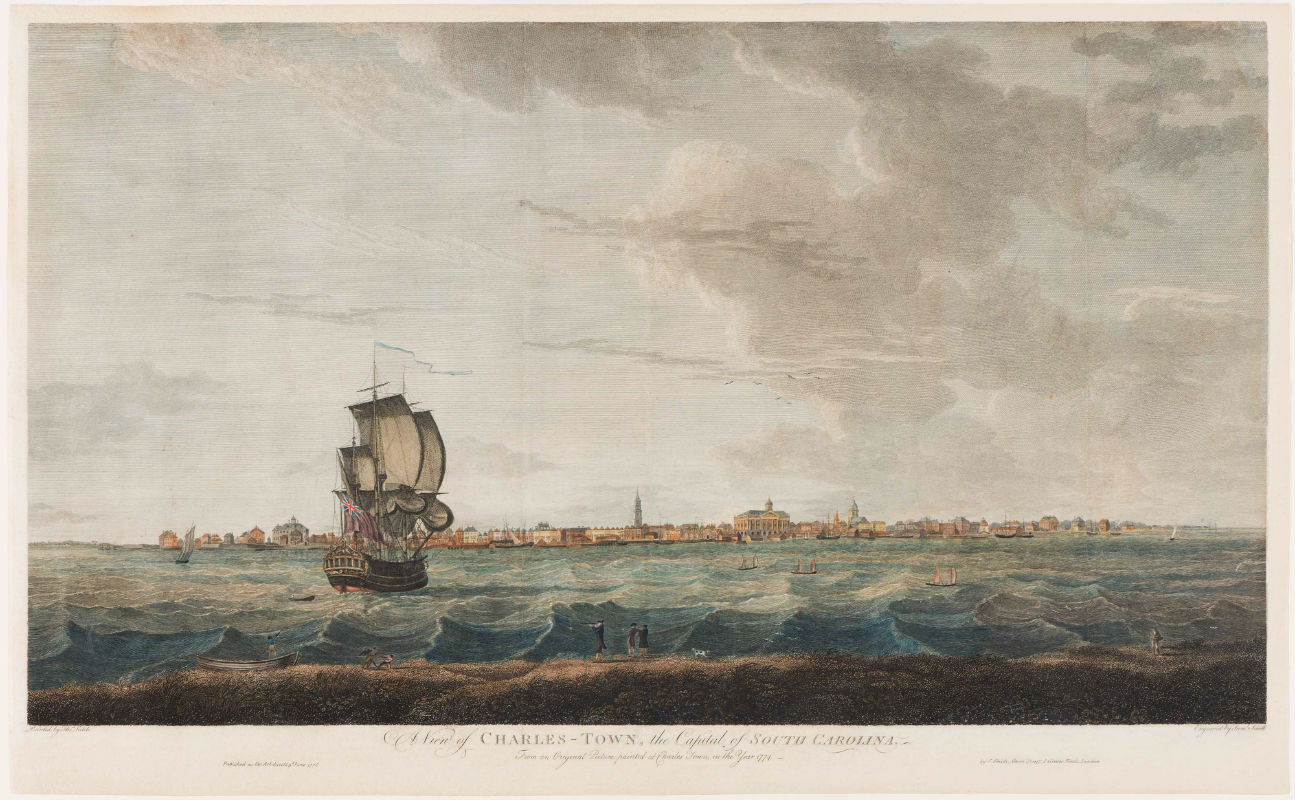
WILLIAMSBURG, Va. – A rare, historically important view of Charleston, South Carolina, showing its appearance at the time of the American Revolution, was recently purchased by the Colonial Williamsburg Foundation.
A View of Charles-Town, in the Capital of South Carolina, engraved in London by Samuel Smith after a painting by Thomas Leitch, depicts recognizable Charleston landmarks during its peak of prosperity prior to the outbreak of the war.
“Acquisition of this exceptional, pre-Revolutionary view perfectly addresses the Foundation’s core mission, particularly since it furthers our understanding of early America and its Southern colonies,” said Mitchell B. Reiss, president and CEO of Colonial Williamsburg. “I applaud our generous donors for making the purchase a reality.”
“Eighteenth-century views of American cities are relatively rare, and those of Southern centers even more so,” said Ronald L. Hurst, the foundation’s Carlisle Humelsine chief curator and vice president for collections, conservation, and museums. “At nearly 3 feet in width and retaining its original water coloring, this outstanding view of one of the South’s great seaports is exceptionally rare and important.”
This print, in its full original color, was engraved in 1774 after Leitch painted his scene within a year of his arrival in Charleston from London in 1773 and arranged for it to be shipped back there to be engraved for printing. Although little is known about Leitch, an advertisement that he placed in the South Carolina Gazette soliciting subscribers to assist with the cost of producing the print, and noting that he was sending the painting “home” to have it engraved, confirms he came from London.
The artist rendered his painting in the Dutch panoramic style that enhanced the expanse of the coastline by increasing its width in relation to its height, forcing the viewer’s eye to move back and forth across the canvas. The image is curious, however; while earlier versions of Charleston show calm seas and dozens of merchant ships in the harbor, in this one, Leitch included only one British trading ship in the harbor. Only about six months earlier, Massachusetts traveler Josiah Quincy noted of the Charleston harbor that “the number of shipping far surpassed all I had ever seen in Boston.”
As Colonial Williamsburg’s Deputy Chief Curator Margaret Pritchard speculates, “It is possible that the notable absence of trading vessels venturing into the choppy waters of the Cooper River, under stormy skies, was intended to suggest the political tension between Charlestonians and the mother country.” In 1773, just months before Leitch painted his view, Britain passed the Tea Act, and Charleston’s outraged citizens left the British-imported tea on the docks to rot. It was the following year in which townspeople elected delegates to the Continental Congress.
Although the print was engraved in 1774, it was not issued until 1776. Other known copies are held at the Yale University Art Gallery, the New York Public Library and the Gibbes Museum of Art in Charleston. The original painting is in the collection of the Museum of Early Southern Decorative Arts.


